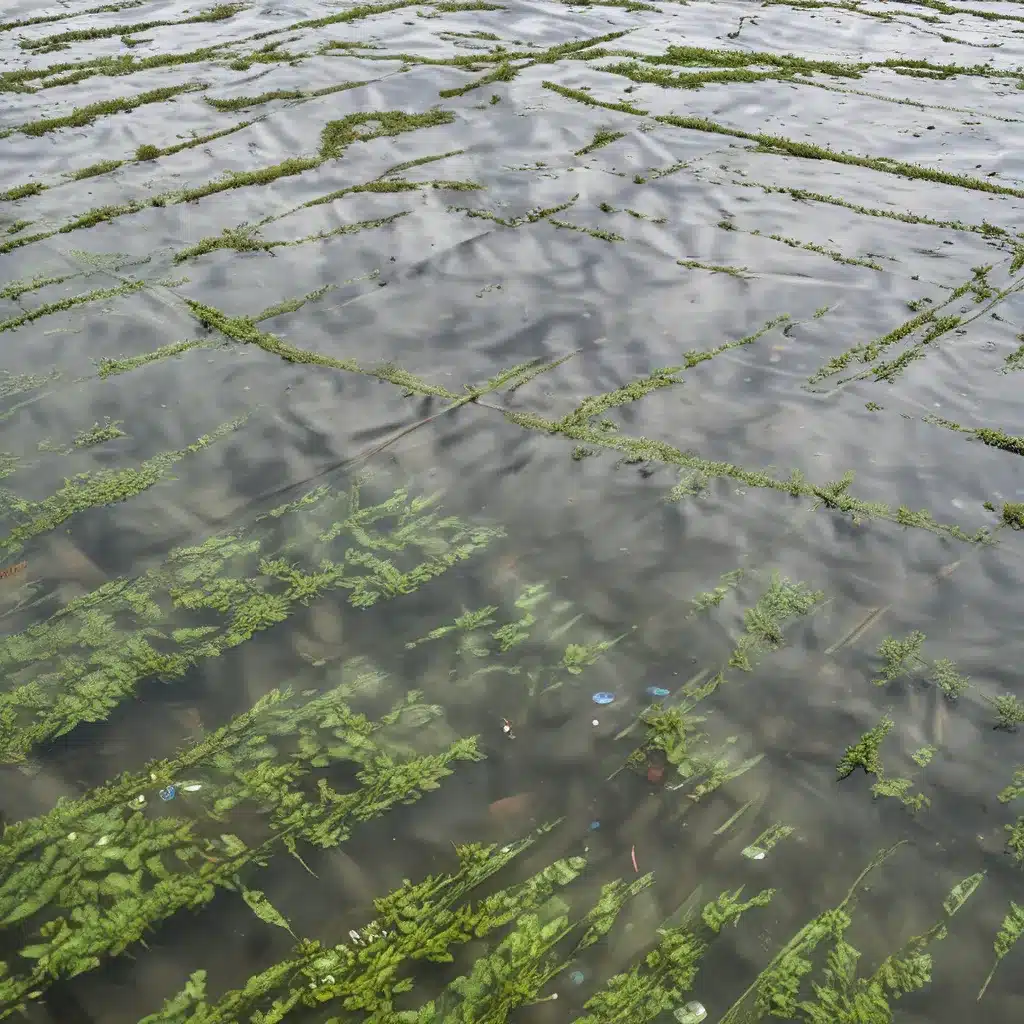
The Rise of Sensor Networks in Aquaculture
The aquaculture industry has seen a significant transformation in recent years, driven by the increasing adoption of sensor network technologies. As the global demand for seafood continues to rise, the need for more efficient, sustainable, and data-driven approaches to fish farming has become paramount. Sensor networks offer a unique solution, providing real-time insights and enabling precision control over various aspects of the aquaculture ecosystem.
At the heart of this technological revolution are sensor networks – interconnected systems of sensors, gateways, and data processing platforms that work in harmony to gather, analyze, and respond to critical environmental and operational data. These networks are proving to be invaluable in precision aquaculture, where they are used to monitor and optimize factors such as water quality, fish health, and feeding regimes.
Sensor networks in aquaculture have been shown to improve feed conversion ratios, reduce mortality rates, and enhance overall productivity. By providing farmers with granular data and automated decision-making capabilities, these systems help to minimize waste, optimize resource utilization, and ultimately contribute to the long-term sustainability of the industry.
Optimizing Water Quality with Sensor Networks
One of the key challenges in aquaculture is maintaining optimal water quality, which is crucial for the health and growth of the fish. Sensor networks can be deployed throughout the aquaculture facility to continuously monitor parameters such as temperature, dissolved oxygen, pH, and turbidity. This real-time data allows farmers to quickly identify and address any fluctuations or imbalances, ensuring that the fish are living in a well-controlled environment.
Advanced sensor nodes can even be equipped with water treatment capabilities, automatically adjusting chemical dosing or triggering aeration systems to maintain the desired water quality parameters. This level of automation and responsiveness is a game-changer for aquaculture operations, as it reduces the reliance on manual monitoring and intervention.
By integrating these sensor network systems with data analytics platforms, farmers can also identify patterns and trends over time, allowing them to make more informed decisions about stocking densities, feeding schedules, and other operational aspects. This data-driven approach to aquaculture not only enhances productivity but also promotes sustainable practices that minimize environmental impact.
Monitoring Fish Health and Behavior
Another critical aspect of precision aquaculture is the ability to monitor the health and behavior of the fish. Sensor networks can be deployed to track individual fish or groups, providing insights into their feeding patterns, swimming activity, and overall wellbeing. This information is invaluable for early detection of disease, stress, or other issues that could impact the fish’s growth and survival.
Advanced sensors can even be integrated with machine learning algorithms to automatically detect and classify fish behavior patterns, allowing for proactive interventions and targeted treatment. For example, a sudden decrease in feeding activity or erratic swimming patterns could be an early warning sign of a health problem, prompting the farmer to investigate further and take appropriate action.
By closely monitoring the fish’s wellbeing, sensor networks enable aquaculture operators to optimize feeding regimes, adjust stocking densities, and implement targeted disease management strategies. This holistic approach to fish health management not only improves production outcomes but also enhances the overall welfare of the animals, contributing to the sustainability of the industry.
Enhancing Operational Efficiency with Sensor Networks
In addition to water quality and fish health monitoring, sensor networks can also be leveraged to optimize various operational aspects of aquaculture facilities. For instance, sensors can be used to monitor and control energy consumption, water usage, and equipment performance, allowing for significant cost savings and improved resource utilization.
By tracking energy consumption patterns, farmers can identify opportunities to reduce energy usage and implement more efficient energy management strategies. This could involve automating lighting, aeration, and other energy-intensive systems based on real-time data and predefined thresholds. Similarly, sensor networks can be used to monitor and optimize water usage, ensuring that water is only pumped or treated when necessary, reducing waste and minimizing the environmental impact of aquaculture operations.
Furthermore, sensor-based monitoring of equipment, such as pumps, filters, and feeding systems, can help prevent breakdowns and optimize maintenance schedules. Early detection of equipment issues can trigger preventive maintenance, reducing downtime and improving the overall efficiency of the aquaculture facility.
Ensuring Cybersecurity and Data Privacy
As sensor networks become increasingly integrated into aquaculture operations, the need for robust cybersecurity and data privacy measures has never been more critical. These interconnected systems are vulnerable to various cyber threats, including hacking, data breaches, and malware attacks, which can have serious implications for the security of the aquaculture facility and the safety of the fish.
To mitigate these risks, aquaculture operators should implement a comprehensive security strategy that includes encryption, access controls, network segmentation, and regular system updates. Additionally, data privacy protocols should be in place to protect sensitive information, such as fish health records, production data, and customer information.
By prioritizing cybersecurity and data privacy, aquaculture businesses can not only safeguard their operations but also build trust with their customers and regulatory authorities, further reinforcing the sustainability and transparency of their practices.
Embracing the Future of Precision Aquaculture
As the aquaculture industry continues to evolve, the role of sensor networks in enhancing sustainable and data-driven fish farming practices will only become more prominent. By integrating these technologies into their operations, aquaculture businesses can unlock a wealth of benefits, from improved resource efficiency and enhanced fish welfare to increased profitability and environmental stewardship.
The sensor-driven future of aquaculture holds vast potential, and those who embrace this technological transformation will be well-positioned to lead the industry towards a more sustainable and prosperous tomorrow. By leveraging the power of sensor networks, aquaculture operators can not only maximize their production outcomes but also contribute to the long-term viability of the industry and the health of our oceans.
To explore the latest advancements in sensor network technologies and their applications in aquaculture, visit sensor-networks.org, a comprehensive resource for professionals, researchers, and enthusiasts in the field of IoT and sensor-driven solutions.